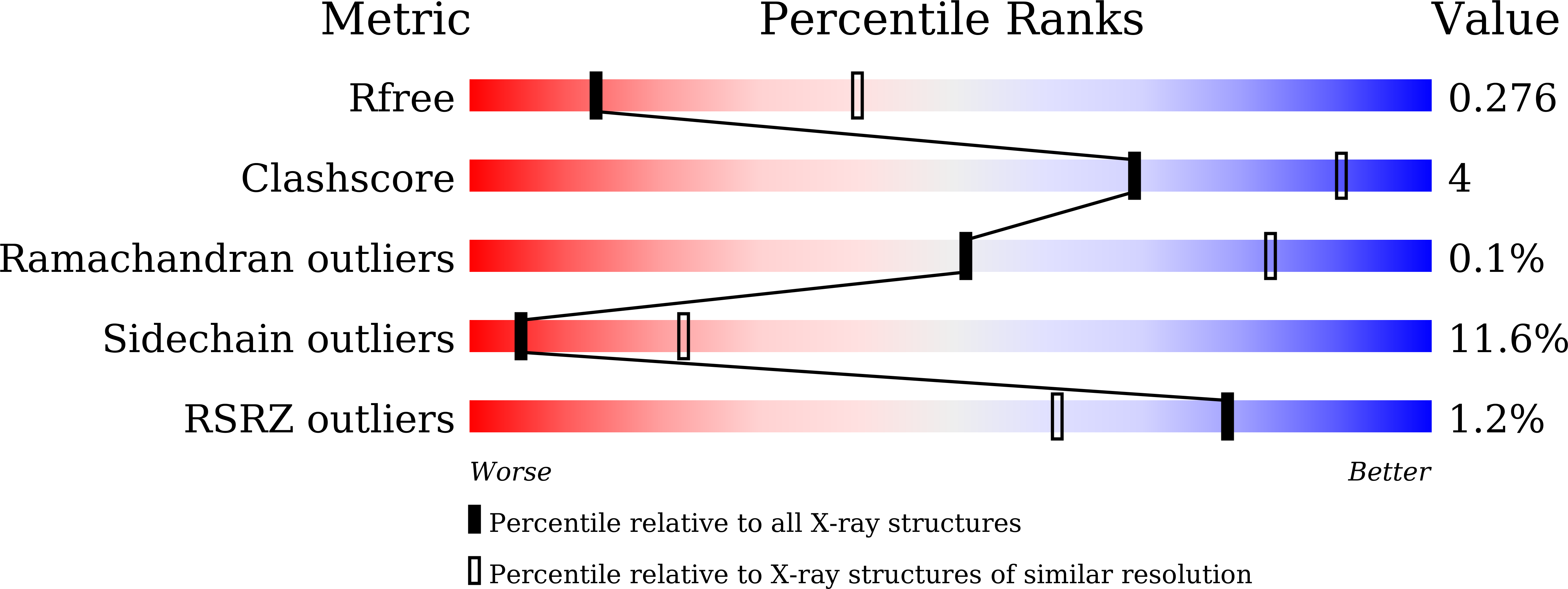
Deposition Date
2022-10-27
Release Date
2024-02-07
Last Version Date
2024-02-07
Entry Detail
PDB ID:
8HBB
Keywords:
Title:
Crystal structure of Caenorhabditis elegans NMAD-1 in complex with ligand III
Biological Source:
Source Organism:
Caenorhabditis elegans (Taxon ID: 6239)
Host Organism:
Method Details:
Experimental Method:
Resolution:
3.09 Å
R-Value Free:
0.28
R-Value Work:
0.25
R-Value Observed:
0.26
Space Group:
C 1 2 1


